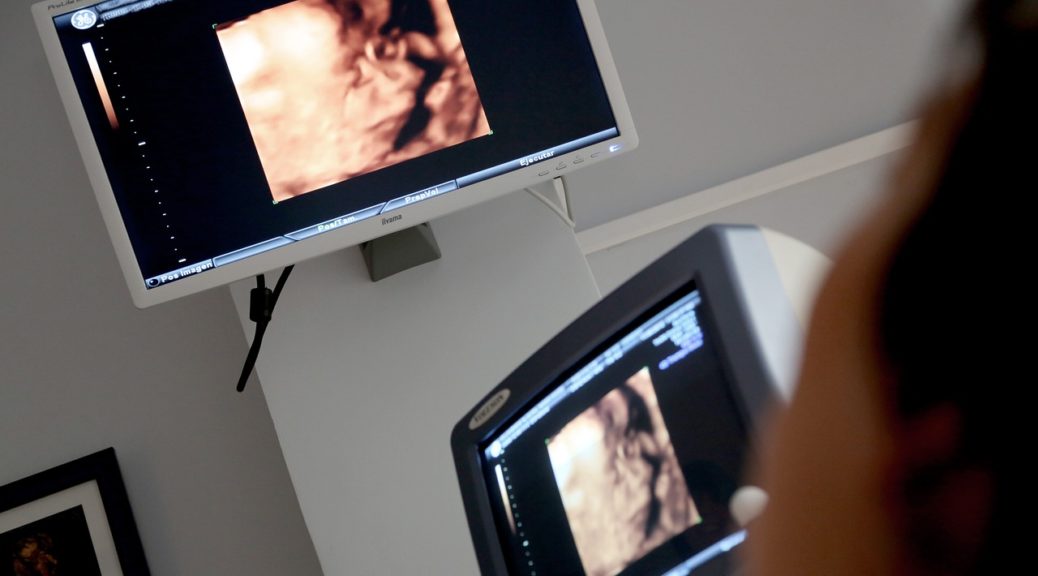
Spina bifida: what it is and risk factors
November 21 marks International Spina Bifida Day, which seeks to raise awareness of this condition that can be prevented during the time of trying to get pregnant.
Spina bifida is a type of neural tube defect; in this case, the spinal column does not close completely during the first weeks of pregnancy, which can damage the nerves and leave the spinal cord unprotected.
Classification of spina bifida
There are 3 types of spina bifida, which are classified according to their complexity and complications:
- Spina bifida occulta is the mildest type that does not usually cause disabilities, as the spinal cord and nerves are usually normal.
- Meningocele is where a sac of fluid is visible on the newborn’s back, but usually, there is little or no nerve damage.
- Myelomeningocele is the most severe type. Nerves and part of the spinal cord are present in the sac seen on the newborn’s back. It usually causes moderate to severe complications, usually in the function of urination and/or loss of sensation in the lower extremities or paralysis.
Etiology
The etiology of spina bifida is complex and not known to its full extent. However, the importance of adequate levels of folate prior to pregnancy and during the first weeks of pregnancy to prevent spina bifida malformation is well known.
Folate is the natural form of vitamin B9 found in foods such as green leafy vegetables, liver, legumes, egg yolks, and so on. The increased needs in this critical period of time make it likely that diet alone will not meet the necessary levels for this process. Therefore, supplementation with folic acid, which is the synthetic form of this vitamin, is recommended.
Folic acid
The general recommendation so far is for women to take 400 mcg/day of folic acid between 1-3 months before getting pregnant until the 12th week of pregnancy.
If certain risk factors are present, scientific societies recommend increasing the dose. These factors are:
- Previous newborn child with spina bifida.
- Family history of neural tube defect.
- Women with epilepsy who are undergoing treatment with carbamazepine or valproic acid.
- Women with diabetes or celiac disease
- Women who are taking treatment with folic acid antagonists (such as methotrexate).
In recent times, the generalization of this recommendation has been questioned to individualize each circumstance, among other situations, because folate, in its synthetic form of folic acid, may not be well metabolized by an important part of the population. Unmetabolized folic acid can accumulate in the body, causing homocysteine to rise, a non-essential amino acid that can be related to an increased risk of miscarriage, premature birth, preeclampsia, or slow intrauterine growth, among others. Due to this, the recommendation is not to exceed the dose of 1000 mcg of folic acid per day.
References
CDC. (2021, marzo 10). Datos sobre espina bífida. Centers for Disease Control and Prevention. https://www.cdc.gov/ncbddd/spanish/spinabifida/facts.html
Generalitat de Catalunya. Protocol de seguiment de l’embaràs a Catalunya. 3a edición revisada. Barcelona: 2018.
Ferrazzi E, Tiso G, Di Martino D. Folic acid versus 5- methyl tetrahydrofolate supplementation in pregnancy. Eur J Obstet Gynecol Reprod Biol. 2020 Oct;253:312-319. doi: 10.1016/j.ejogrb.2020.06.012. Epub 2020 Jun 13. PMID: 32868164.
Miraglia N, Dehay E. Folate Supplementation in Fertility and Pregnancy: The Advantages of (6S)5-Methyltetrahydrofolate. Altern Ther Health Med. 2022 May;28(4):12-17. PMID: 35653630.